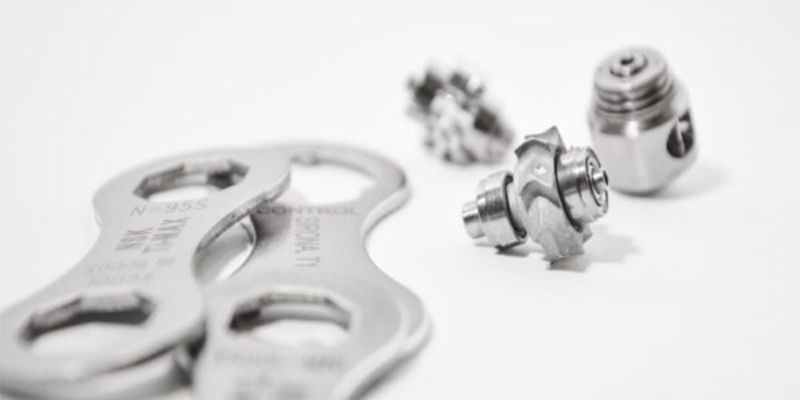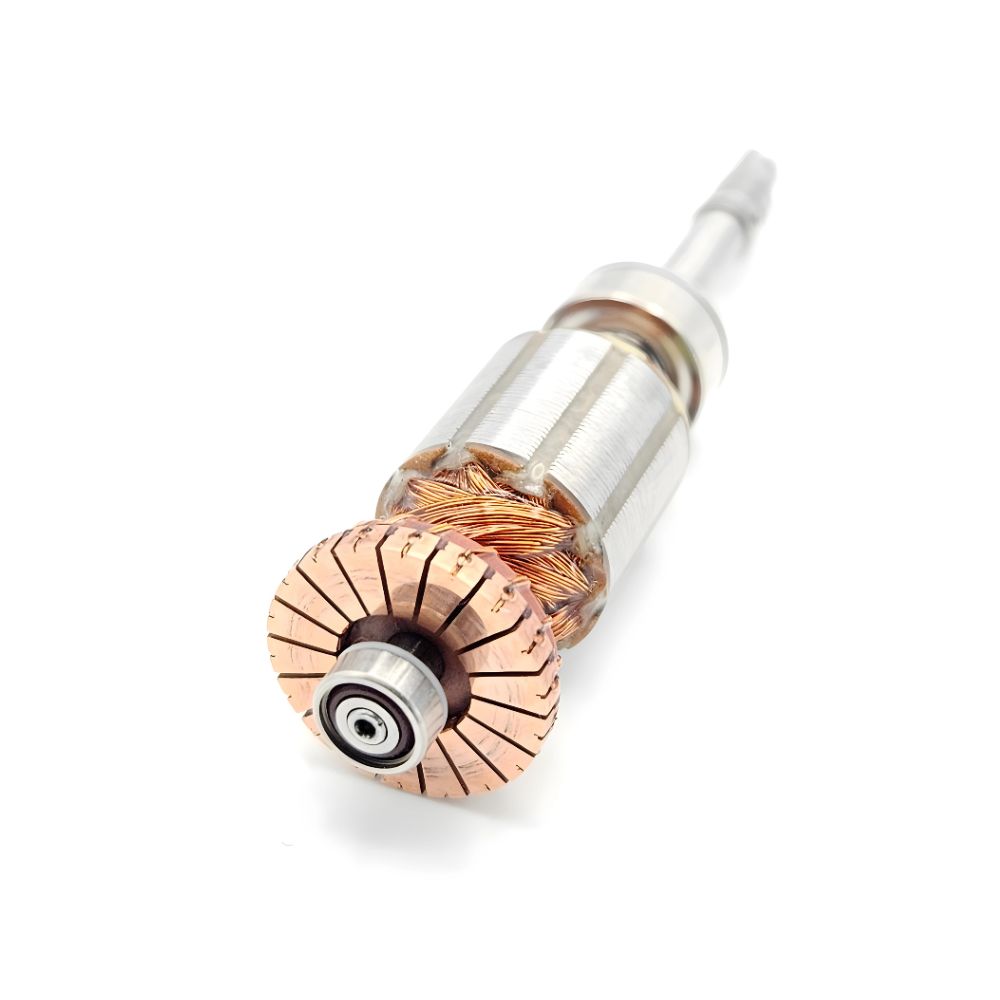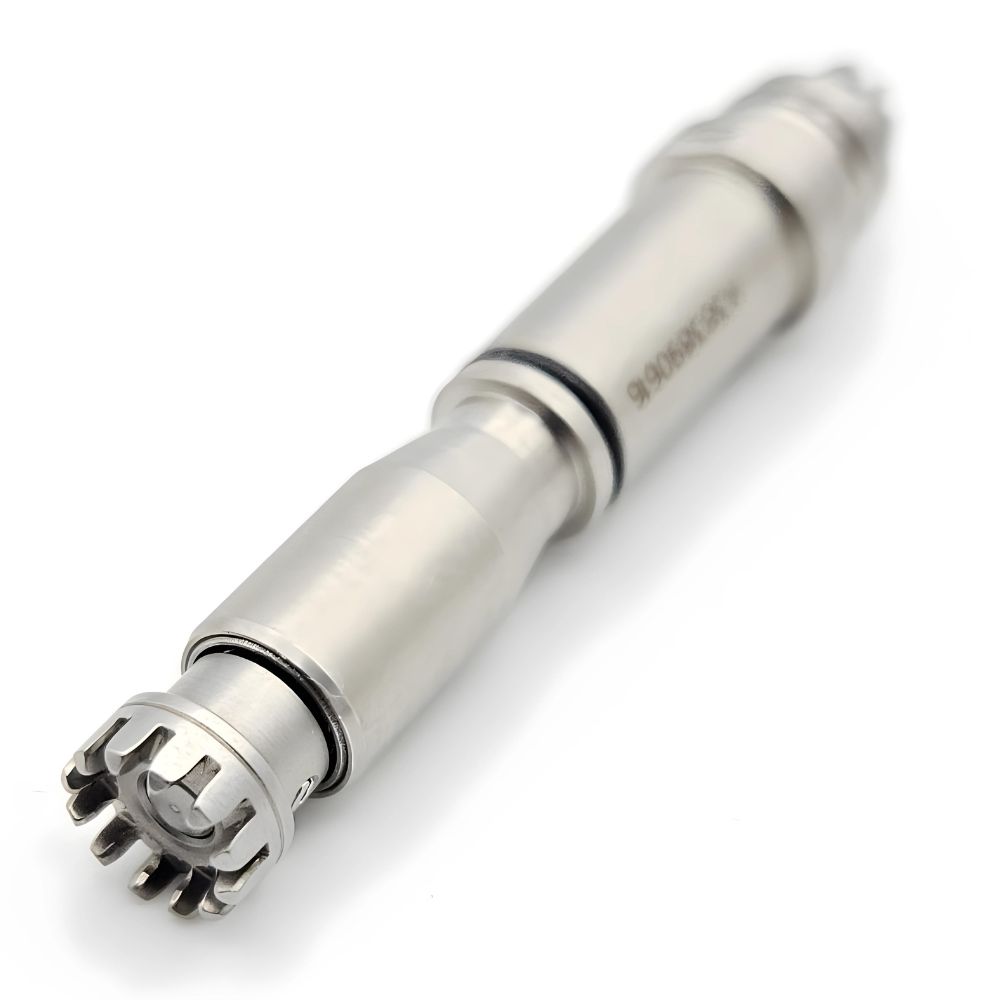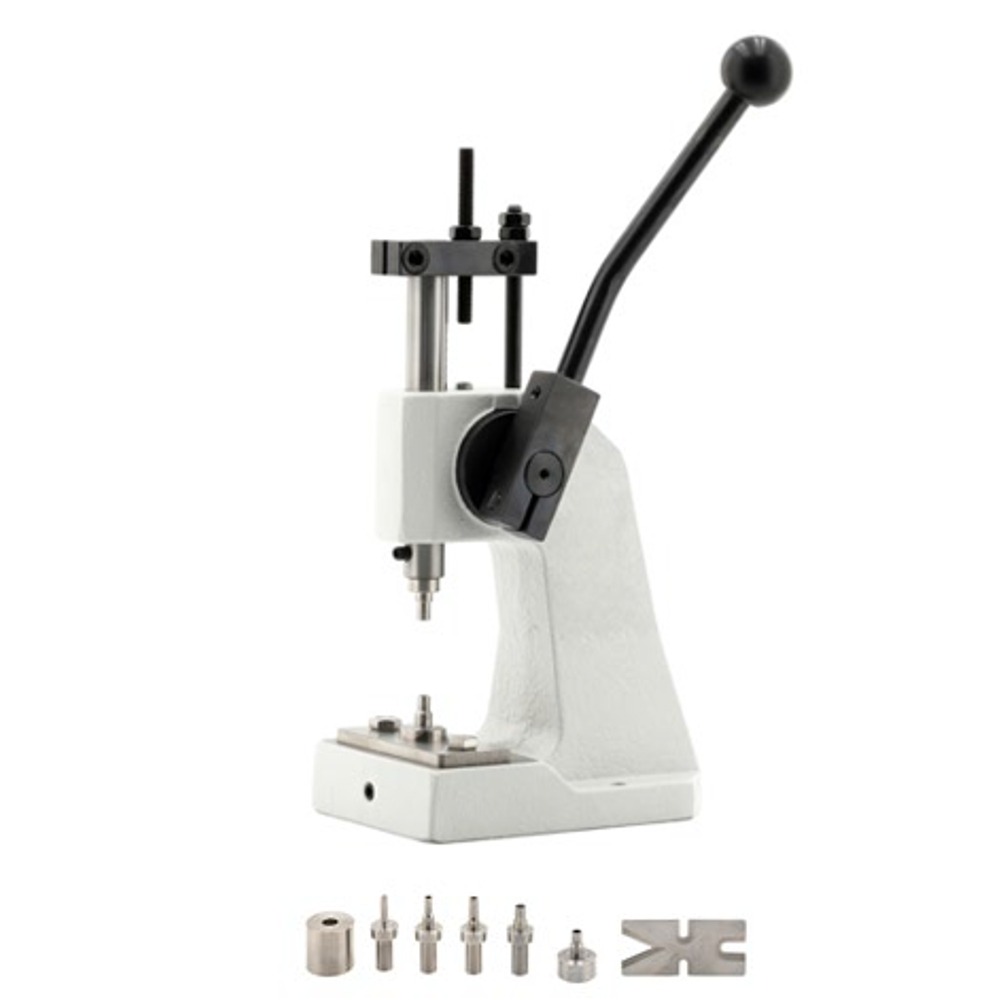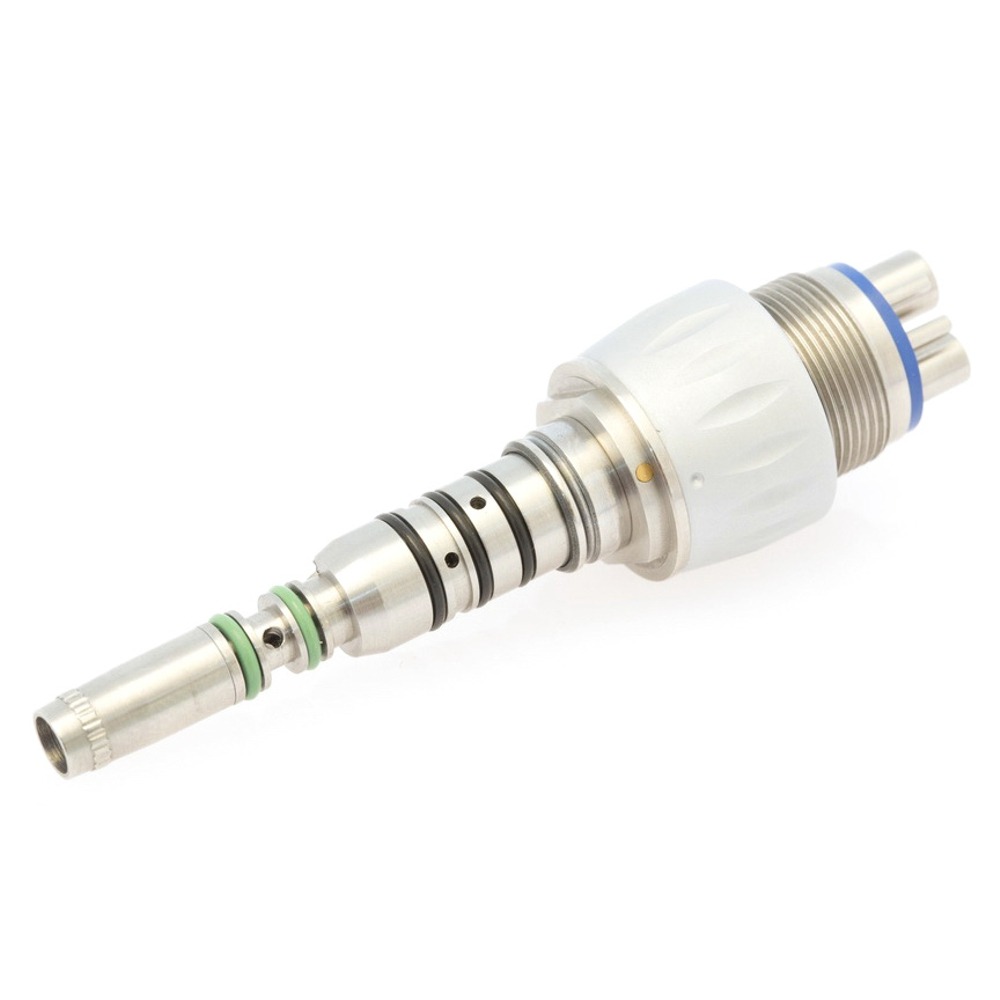Intraoral scanners – PRESENT and future
Contents
Intraoral Scanners: A Transformative Technology in Modern Dentistry
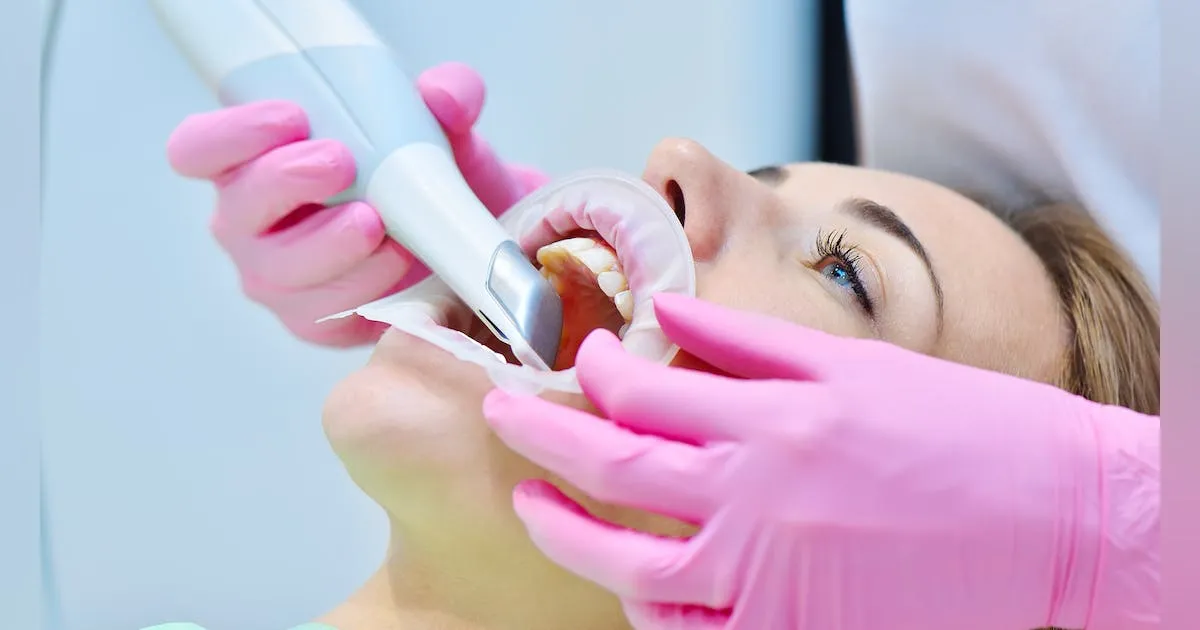
Digital dentistry has rapidly transitioned from an emerging concept to an integral component of daily dental practice. Intraoral scanners exemplify this digital revolution in dentistry. As opposed to traditional dental impressions using impression material loaded in trays, intraoral scanners directly capture 3D digital impressions of the oral cavity. The digitization of intraoral structures has enabled advanced applications in restorative dentistry, orthodontics, prosthodontics, and oral surgery planning. Intraoral scanners have brought numerous clinical benefits compared to conventional impressions and promise to transform patient experience and improve oral healthcare outcomes.
This comprehensive article will provide a detailed overview of intraoral scanning, including:
– History and evolution of intraoral scanning technology
– Basic principles and methodology of intraoral scanners
– Digital impression workflow using intraoral scanners
– Available types of intraoral scanners and how they differ
– Clinical advantages and applications of using intraoral scanners
– Limitations and considerations when using intraoral scanners
– Patient perspectives on intraoral digital scanning
– Effect of intraoral scanners on dental laboratories
– Implementation costs and economics of adopting intraoral scanners
– The future of intraoral scanning technology and applications
A Broad Overview of Intraoral Scanning
Intraoral scanning refers to the use of handheld digital intraoral scanner wands to directly capture precise 3D surface images of oral structures including the teeth, soft tissues, bone, and restorations. The scanner wand is slowly dragged across all areas of interest in the mouth, with real-time on-screen visualization allowing the clinician to ensure complete capture. Sophisticated software stitches the scanned images together into a seamless digital impression that is highly accurate down to microscopic details.
In contrast with physical dental impressions that must be sent to a dental laboratory, the digital scan files are immediately uploaded and transmitted electronically. The restorative process then continues digitally, with CAD/CAM design and manufacturing of products like crowns, bridges, aligners and implants. Intraoral scanning completely eliminates the need for traditional impression materials, trays, disinfection, shipping, and storage.
Intraoral scanners capture intricate anatomical structures through optical scanning, confocal imaging, or a combination. Chairside scanners allow dentists to perform in-office digital impressions for same day restorations like dentures, crowns, veneers and inlays. Comprehensive high-precision scanners are ideal for complex rehabilitation cases. Portable intraoral scanners support digital impressions at satellite offices and patient homes for elderly or disabled patients.
The Evolution of Intraoral Scanning Technology
While digital intraoral impressions were conceptualized as early as the 1980s, surface mapping limitations prevented feasible development until the 2000s. The first viable intraoral scanner was introduced in 2006 by Cadent for orthodontic digital impressions. In 2011, the introduction of the Lava C.O.S. from 3M enabled intraoral impressions for chairside restorations.
Early intraoral scanners were slow, captured only tooth surfaces, and had inadequate software. But rapid technological advancements in optics, 3D imaging, computer processing power, and software engineering fueled major improvements in scanning speed, precision, and workflow. By 2015, extensive options for highly precise intraoral scanners emerged, ushering in widespread adoption in prosthodontic and restorative practices.
Current digitally focused dental students and younger dentists are driving further popularization of intraoral scanners. As prices fall and technology continues improving, intraoral scanners are poised to become standard of care, perhaps making physical impressions obsolete within the decade.
Intraoral Scanner Basics and Methodology
While types of intraoral scanners vary, all share common technical principles and scanning workflow. Understanding the basics provides context on capabilities and limitations.
Intraoral scanners are handheld wand-shaped devices about the size of an electric toothbrush. For optical scanning, a wand emits a safe structured light pattern of laser or other light which is distorted by the 3D contours of oral surfaces. This distortion is captured by sensors and decoded by software to map topological characteristics.
Confocal scanning uses point-by-point laser pulsing with sensors to measure microsurface height variations with extremely high resolution. Light polarization and interference may also assist in optimizing image acquisition. Scanners may combine multiple scanning technologies for enhanced results.
During the scan, the wand’s camera and motion sensors are precisely tracked in 3D space. Complex computational transformations stitch thousands of scanned frames together, building a unified 3D digital model. Modern scanners use video streaming which is more efficient than individual frame captures.
Before scanning dental arches, cheek retractors are placed to ensure line-of-sight access. The dentist then systematically scans every surface starting with the occlusal, followed by the lingual, buccal, and interproximal areas. For bite registration, the patient bites down on a scanning surface or wafer as their occlusion is captured. Any missed areas are rescanned until the complete dental anatomy and bite alignment are mapped.
The wand is swept at a steady pace around 5-10 mm away from surfaces. Visual guidance informs the operator when regions require additional scanning. The entire intraoral scanning process usually takes 5-15 minutes depending on the case complexity and operator skill. Immediate on-screen preview permits error checking to repeat inadequate regions.
Once satisfied, the 3D model is uploaded for diagnosis and planning. The digital impression contains intricate color-mapped surface topology accurate down to ~20 microns—sufficient for any dental application including general and specialty practice.
Intraoral Scanner Options and Differences
Numerous intraoral scanner models are available from a variety of manufacturers. They can be broadly categorized into fast in-office systems for direct chairside restoration, and highly precise comprehensive scanners for complex rehabilitation and indirect bonding. Scanners range considerably in scanning mechanics, workflow, software capabilities, speed, accuracy, ergonomics, and cost.
Most dental offices elect chairside scanners for convenience and cost-effectiveness. These include 3Shape TRIOS, Medit i500, Dentsply Sirona Primescan, Align Technology iTero, and Carestream CS 3700/3600. They balance scanning adequacy, simplicity, and affordability. However, they compromise on precision and software functionality which limits suitability for complex full-mouth restorations.
Specialized high-precision intraoral scanners such as 3Shape TRIOS 3 and Carestream CS 3600/3700 offer exceptional accuracy down to 10 microns through confocal microscopy and advanced optics. This supports extensive rehabilitation involving multiple bridges, implants, and veneers. They also include sophisticated software for bite adjustment, margin marking, and occlusion analysis. The downsides are slower performance, bulkier wand size, and costs exceeding $40,000.
Portable lightweight scanners such as Medit i500, XiO 5, and GC Aadva enable digital impressions in satellite offices, hospitals, and home settings for special needs patients. Wand ergonomics and software simplicity facilitate ease of use. Convenient mobility comes at the cost of somewhat reduced imaging quality and software capabilities.
Evaluating options requires balancing scanning adequacy, precision, ergonomics, workflow efficiency, software tools, service contracts, company support, and costs for the practice’s needs. Specialty practices may justify investing in high-end systems, while more economical models suffice for general dentistry. Test scanning with any prospective intraoral scanner is advisable.
Clinical Advantages of Intraoral Scanners
Intraoral scanners offer significant benefits versus traditional impressions which are propelling adoption. The most salient advantages include:
Patient experience – Intraoral scanning completely eliminates uncomfortable conventional impressions. Gagging, distorted speech, and potential swallowing/aspiration risks are avoided. Scanning is well-tolerated with minimal obstruction or discomfort.
Speed and efficiency – Scanning’s speed, simplicity, and instant digital file access improves practice workflow, reducing overall chair time versus traditional impressions. Adjustments and re-scans are quick and easy.
Accuracy – Digital impressions capture intricate detail for excellent precision and perfect margins. Success rates for well-designed intraoral crowns approach 99%. Complete accurate captures of prepared teeth and opposing occlusions prevents remakes and adjustments.
Visualization – Scanners provide real-time visualization of what has been scanned, enabling the clinician to identify inadequate regions while scanning. 3D on-screen previews permit instant quality assurance.
Treatment planning – Digital models integrate directly with CAD/CAM and imaging software for accurate measurements, prosthesis design, surgical planning, and predictive final outcomes.
Digital ecosystem – Scans integrate directly with electronic treatment planning, design software, CAD/CAM milling, and 3D printing devices for a streamlined direct digital workflow.
Cost-effectiveness – Despite high upfront costs for scanners, long-term savings from impression material/shipping/storage elimination and workflow efficiency create a rapid ROI.
Record storage – Digital impression files require minimal storage space versus voluminous physical models and impression trays which deteriorate over time. Backups ensure records permanence.
Overall, intraoral scanners offer tremendous time, cost, and quality of care benefits that will likely make them universal in dentistry moving forward.
Limitations and Considerations of Intraoral Scanners
While offering major advantages, intraoral scanners also come with some inherent limitations dentists should recognize:
Learning curve – Scanning requires developing specific technique to capture all intraoral structures efficiently. Practices should expect a learning period for staff to become adept.
Initial costs – Purchase costs of $15,000-$40,000 can present a significant upfront investment, especially for smaller practices. Cautious evaluation of return on investment is recommended.
Limited scanner availability – Many dental offices only have one scanner, so intraoral scanning cannot be done in parallel chairside with traditional impressions.
Moisture control – Scanners rely on optical imaging, so blood, saliva, and condensation must be frequently cleared to prevent interference and scanning aborts.
Implant scans – Scanning titanium and metal hardware is challenging and often results in data voids, requiring careful supplemental imaging.
Space requirements – Limited space for tongue and cheek retraction can impede scanning mandibular lingual surfaces and posterior regions.
Patient movement – Excessive motion, breathing, swallowing, or tongue movement during scans can degrade image quality and capture fidelity.
Software learning – Advanced software features for bite optimization, margin marking, and occlusion evaluation have significant learning curves.
IT and support – Scanners require IT infrastructure for data transmission, storage, backups, and hardware/software support.
As with any new technology, careful training, practice, and patience is required to achieve scanning proficiency, circumvent limitations, and realize the full benefits.
Patient Perspectives on Intraoral Scanning
Clinical advantages are only one aspect of intraoral scanners’ impact. Patient perspectives regarding their experience are equally important for dental offices to consider:
Comfort – The vast majority of patients find intraoral scanning faster, more comfortable, and convenient versus conventional impressions. For gentle easygoing patients, the difference may be nominal. But for anxious, sensitive, or gag-reflex patients, scanning brings dramatic relief.
Acceptance – Most patients beyond 40 years old will have experienced traditional impressions, and readily embrace and appreciate the modern scanning approach. However, a minority of patients may distrust the new technology and prefer traditional methods. Proper education and reassurance is key.
Appearance – Some patients perceive the high-tech scanner wands as futuristic devices that represent cutting-edge dentistry. However, a small number may see the scanners as impersonal or intimidating.
Participation – Watching real-time scanning images on the screen engages patients more actively in the process, and allows them to better understand their specific dental issues. This facilitates doctor-patient discussions.
Special needs – Intraoral scanning has proven a breakthrough for patients with disabilities, respiratory issues, post-radiation changes, or other conditions precluding conventional impressions. The minimally intrusive scanning enables treatment options previously infeasible.
Overall, from a patient perspective, intraoral scanners score highly on the metrics of comfort, convenience, engagement, and access to care. This yields both better patient experience and treatment acceptance.
Effect of Intraoral Scanners on Dental Laboratories
While intraoral scanners offer clinical benefits in dental practices, adoption has also disrupted traditional dental laboratory workflows that relied on conventional impressions. Laboratories have had to radically adapt to remain competitive in the emerging digital landscape:
Skills adjustment – Transitioning from skilled hands-on plaster/stone model pouring and finishing to computer-based digital model manipulation requires extensive retraining of lab staff.
New equipment – Design software, advanced 3D printers, milling machines, and metal 3D printers are major investments laboratories must make to fulfill digital case orders.
Lean processing – Digital workflow eliminates impression shipping/handling/storage, plaster pouring/trimming, model articulation, and physical storage needs, allowing reduced staffing and facility needs.
Accuracy – Digital models provide greater accuracy and easier adjustment than plaster or stone models, yielding high quality restorations, fewer remakes, and tighter deadlines.
Communication – Collaborating with dentists on case planning, design, and adjustments is instantaneous and direct using shared digital models instead of impression shipping.
Marketing – To remain relevant, dental labs now aggressively market intraoral scanning, same day milling services, and CAD/CAM expertise over conventional analog skillsets.
In essence, intraoral scanning has forced a major disruptive transition upon dental laboratories. Those able to successfully reinvent themselves are thriving with expanded services. But reluctant and technologically lagging labs will likely fade. All stakeholders must embrace digital capabilities.
Implementation Costs and Economics
Despite the many advantages, adoption of in-office intraoral scanning entails major financial considerations for procurement, training, and assimilation into workflow:
Scanner costs – The scanner itself represents a major investment, ranging from $15,000 for basic models, to over $40,000 for advanced systems with robust software. This is comparable to the cost of a dental chair.
IT Infrastructure – Computers, monitors, networking hardware, and IT support required to install, operate, back up, and interface scanners adds thousands in costs.
CAD/CAM milling – To maximize benefits, most practices pair scanning with chairside mills for same day indirect restorations. This adds $30,000-80,000 in capital investment.
Training – Staff will require extensive training to proficiently use scanning and design software, and incorporate digitization into practice workflow, adding hundreds of hours in labor costs.
Service contract – Annual technical support contracts average $3,000-$5,000 depending on scanner model and coverage inclusions.
Despite the major startup costs, from increased impressions, accelerated treatments, greater efficiency, and new revenue streams, most offices recoup investments in under 3 years. While a steep initial financial hurdle, once surpassed intraoral scanning proves a rewarding game changer for restorative dentistry.
The Future of Intraoral Scanners
Recent years have seen tremendous advancement in scanning speed, software capabilities, and clinical integration. But this likely represents only the tip of the iceberg of how intraoral scanning may transform dental care delivery:
Mainstream adoption – Cost reductions and technology improvements will likely make an intraoral scanner as commonplace in dental offices as handpieces. They will be viewed as routine diagnostic tools.
Enhanced color – Scanners will move beyond monochromatic capture to full high-resolution color. This will aid diagnostic assessment and patient education.
3D Bioprinting – Scanned oral anatomy data will enable 3D printing of living biocompatible tissues for grafting and implantation applications in dental surgery.
Oral cancer screening – Hyperspectral imaging sensors will allow tissue disease and pathology differentiation at the molecular level for non-invasive automated oral cancer screening.
At-home impressions – Simple user-friendly at-home intraoral scanners will become viable for impressions, teeth whitening monitoring, and orthodontic tracking without office visits.
Predictive analytics – Integrated AI analysis of scans combined with other health data will offer insights into risks, therapeutic needs, and health trends unique to each patient.
These glimpses of future innovation represent only a fraction of the transformations in dental practice and expanded patient access to care that intraoral scanning technology has initiated. While novel now, within a decade intraoral scanners are likely to be viewed as completely ordinary.
Conclusion
In just over 15 years, intraoral scanning has gone from pioneering concept to one of the most disruptive and beneficial innovations in modern clinical dentistry. Intraoral scanners offer tremendous advantages in clinical efficiency, patient experience, practice workflow, treatment options, and quality of care. Despite limitations and a substantial learning curve, these scanners will undoubtedly become standard tools for all dental practices in the near future. Their transformative impact promises to be comparable to the progression from X-rays to panoramic CT in advancing dental care. As costs fall and technology improves, adoption will accelerate. In time, dentists will likely look back with perplexity at how physical impressions were ever tolerated as a standard approach. The digital dentistry revolution is here.


